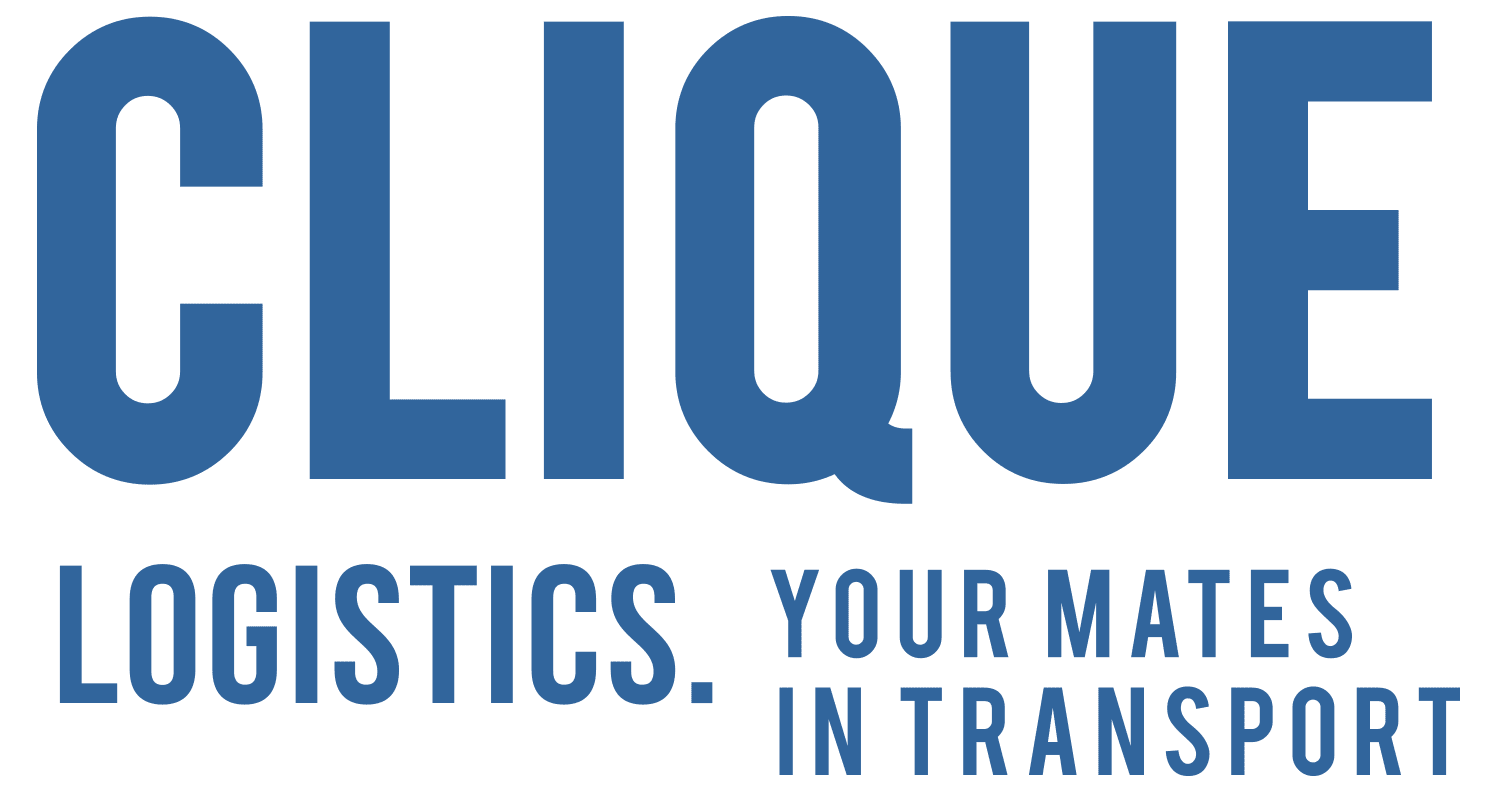In today’s globalised economy, Australian businesses increasingly rely on international suppliers and markets. Whether you’re importing raw materials, exporting finished products, or considering expanding overseas, understanding international trade agreements and tariffs is crucial to managing costs, maintaining competitiveness, and avoiding costly surprises.
What Are International Trade Agreements?
International trade agreements are formal arrangements between two or more countries that establish rules and guidelines for conducting trade. Their main purpose is to facilitate smoother trade, reduce barriers, and create a predictable environment for businesses. Agreements can be bilateral (between two countries), multilateral (involving several countries), or regional (covering a group of countries in a specific region).
For Australian businesses, some of the key trade agreements include:
- ASEAN-Australia-New Zealand Free Trade Agreement (AANZFTA) – Facilitates trade with Southeast Asian countries, reducing tariffs and easing regulatory hurdles.
- Comprehensive and Progressive Agreement for Trans-Pacific Partnership (CPTPP) – Covers 11 countries, including Japan, Canada, and Mexico, offering preferential access to major global markets.
- Australia–United States Free Trade Agreement (AUSFTA) – Reduces tariffs and provides intellectual property protections for trade with the US.
- Australia–European Union Free Trade Agreement (A-EU FTA) – Currently under negotiation, expected to create new opportunities for Australian exporters to access European markets.
These agreements can offer significant benefits to businesses, including lower import/export costs, faster customs clearance, and more predictable regulations. However, businesses still need to ensure compliance with specific rules of origin and documentation requirements to fully leverage these benefits.
Understanding Tariffs and Duties
Tariffs are taxes imposed on imported goods, and they remain one of the most common barriers in international trade. They can vary depending on the country of origin, the type of product, and the trade agreements in place. The primary goal of tariffs is to protect domestic industries, regulate the flow of goods, or raise government revenue.
For example, importing machinery or electronics from a country with which Australia has a free trade agreement may attract little to no tariff. On the other hand, products imported from countries without such agreements could face higher duties. Understanding these differences is essential for pricing, forecasting costs, and staying competitive in international markets.
Non-Tariff Barriers
While tariffs are straightforward, non-tariff barriers can be trickier to navigate. These include quotas, licensing requirements, product standards, and customs procedures. Failing to meet these regulations can result in delays, fines, or even the rejection of shipments. Businesses need to research and understand both the destination country’s requirements and any agreements that may simplify compliance.
Why It Matters for Australian Businesses
International trade agreements and tariffs directly affect profitability, supply chain reliability, and market competitiveness. For instance, a small manufacturer importing components from overseas may suddenly face increased costs due to a tariff change or regulatory adjustment. Without proactive management, these changes can disrupt production schedules, erode margins, and impact customer satisfaction.
By understanding trade agreements, businesses can:
- Reduce unnecessary import duties through preferential agreements.
- Avoid customs delays by complying with rules of origin and documentation requirements.
- Make informed decisions about sourcing, pricing, and market entry strategies.
How Clique Logistics Can Help
Navigating the complexities of international trade doesn’t have to be overwhelming. At Clique Logistics, we help Australian businesses streamline their freight operations, optimise import/export strategies, and ensure compliance with trade agreements and tariff regulations. Our team works closely with clients to:
- Provide tailored advice on the impact of tariffs and duties.
- Identify opportunities to leverage trade agreements for cost savings.
- Coordinate documentation and customs clearance for smooth international shipments.
- Offer insights into risk management and supply chain optimisation.
International trade is full of opportunities—but only if approached with knowledge and strategy. By understanding trade agreements and tariffs, businesses can minimise costs, avoid disruptions, and confidently expand their global footprint.





